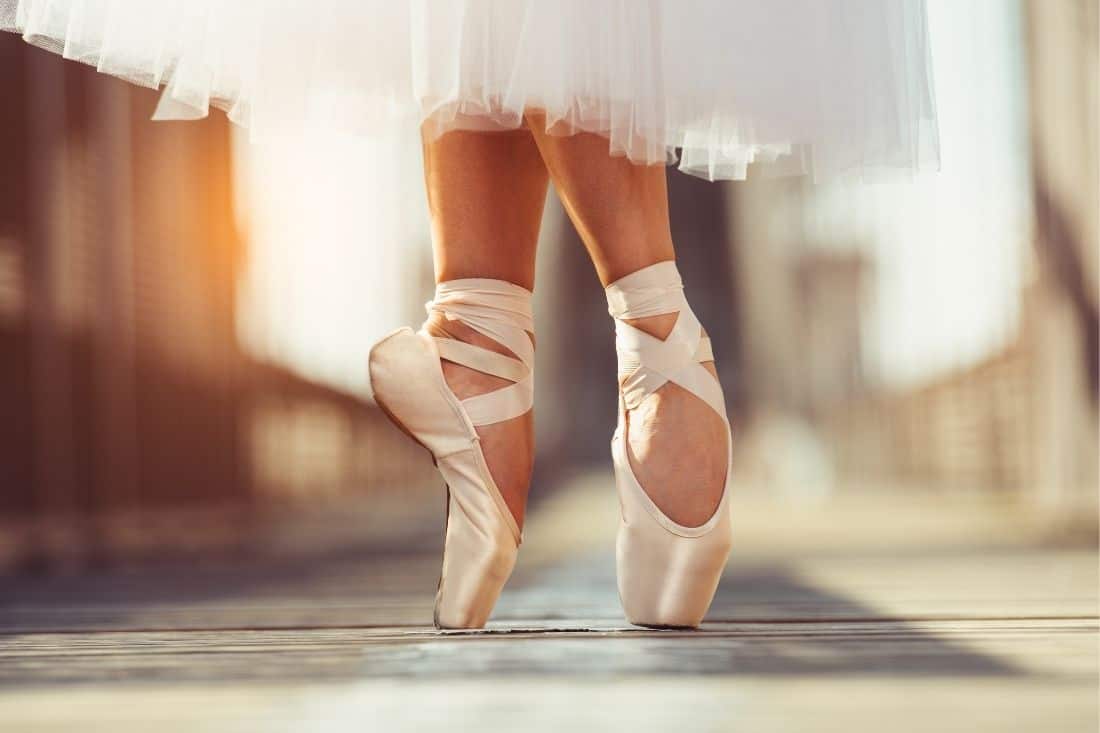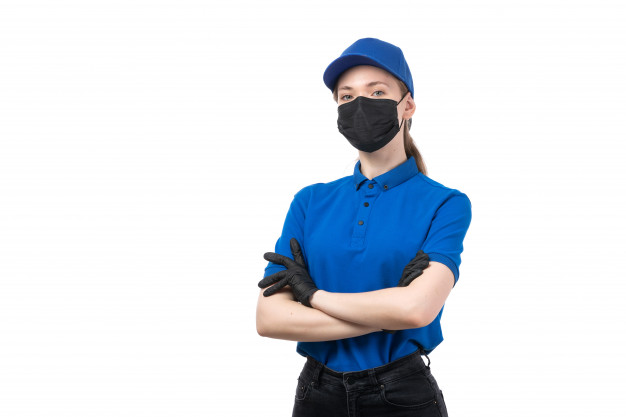The world of ballet is full of grace, beauty, and precision, with dancers gliding across the stage as if they are weightless. But behind every seemingly effortless performance is years of dedicated training, discipline, and hard work. And for young dancers, one of the most critical milestones in their ballet journey is donning their first pair of pointe shoes. They are like magic slippers, transforming the dancer’s feet into art instruments and allowing them to defy gravity as they dance en pointe. But these magical shoes are not without their challenges, from finding the perfect fit to breaking them in and maintaining them. In this article, you can get answers to some of the most frequently asked questions.
When should children start wearing them?
Such shoes have a hard, flattened toe box that supports the dancer’s weight and allows them to balance on the tips of their toes. Generally, kids start wearing them around the age of 11 or 12, but it ultimately depends on the individual’s physical readiness and level of training.
How to know when kids are ready for them?
There is no set age or level of training when a child should start wearing them. Instead, it is based on strength, technique, and overall physical development. Kids typically need to have at least three to four years of ballet training before beginning pointe work, and they should be able to demonstrate proper alignment, balance, and foot control.
How to know if the shoes fit correctly?
Proper fit is essential, as an ill-fitting shoe can cause blisters, pain, and injury. The footwear should fit snugly but not be overly tight, and the toes should be flat and fully extended in the toe box. The dancer’s heel should not lift out of the shoe when they rise to en pointe, and there should be no gaping or wrinkles in the material.
Can children decorate them?
Many enjoy personalising their footwear with ribbons, crystals, and other decorations. While it is undoubtedly a fun way to make it their own, ensuring that the decorations do not compromise the structure or integrity is essential. Adding too much weight or bulk can impact its ability to support the dancer’s weight and balance.
Are there different types?
Many types of footwear are designed to accommodate different foot shapes, strengths, and technical abilities. Some are better suited for kids with narrow feet, while others are designed for those with wider feet. Some are more flexible and allow for a greater range of motion, while others are stiffer and provide more support. Finding the right type for your child’s unique needs is important.
How to break into them?
Breaking in gradually involves softening and moulding the shoe to the child’s foot. The process can take several hours or even days, and it is vital to do it properly to avoid discomfort and injury. Some common methods include bending the shank, pounding the box, and wetting the shoe. Following the manufacturer’s instructions or seeking advice from a professional fitter is recommended to ensure the footwear is properly broken in.
How to care for and maintain them?
Proper care and maintenance can help extend their lifespan. Encourage your child to air out their pointe shoes after each use. In addition, kids must store them in a cool and dry place. Avoid exposing them to heat or getting them wet, which can damage the materials. Keeping the footwear clean and free of debris and dirt is also important, which can cause irritation and blisters.
In conclusion, pointe shoes are an essential part of ballet training for young dancers, but they can also be a source of uncertainty for many parents. Understanding the basics and knowing how to properly fit, care for, and break them in can help ensure that your kid can dance safely and comfortably in pointe. Remember to prioritise your child’s health and well-being, and always seek advice from a medical professional or a professional fitter if you have any concerns.






